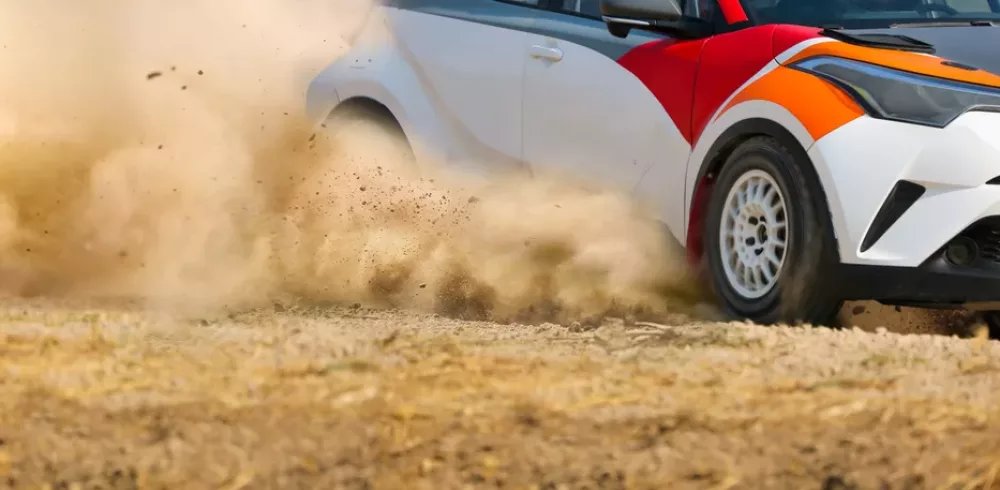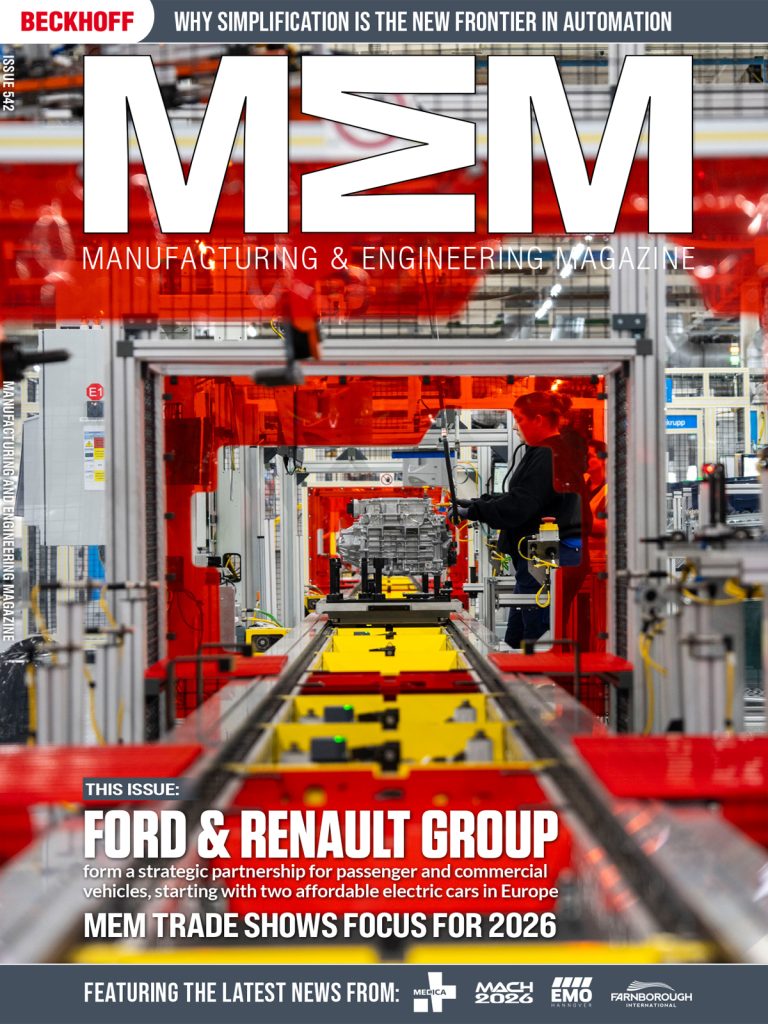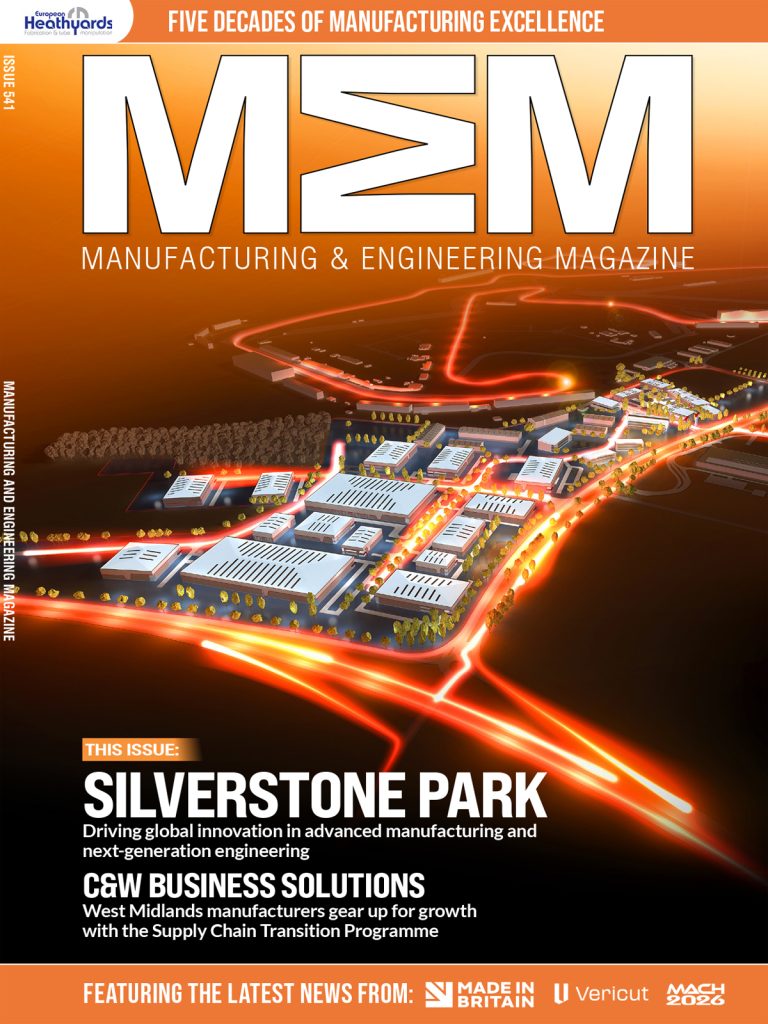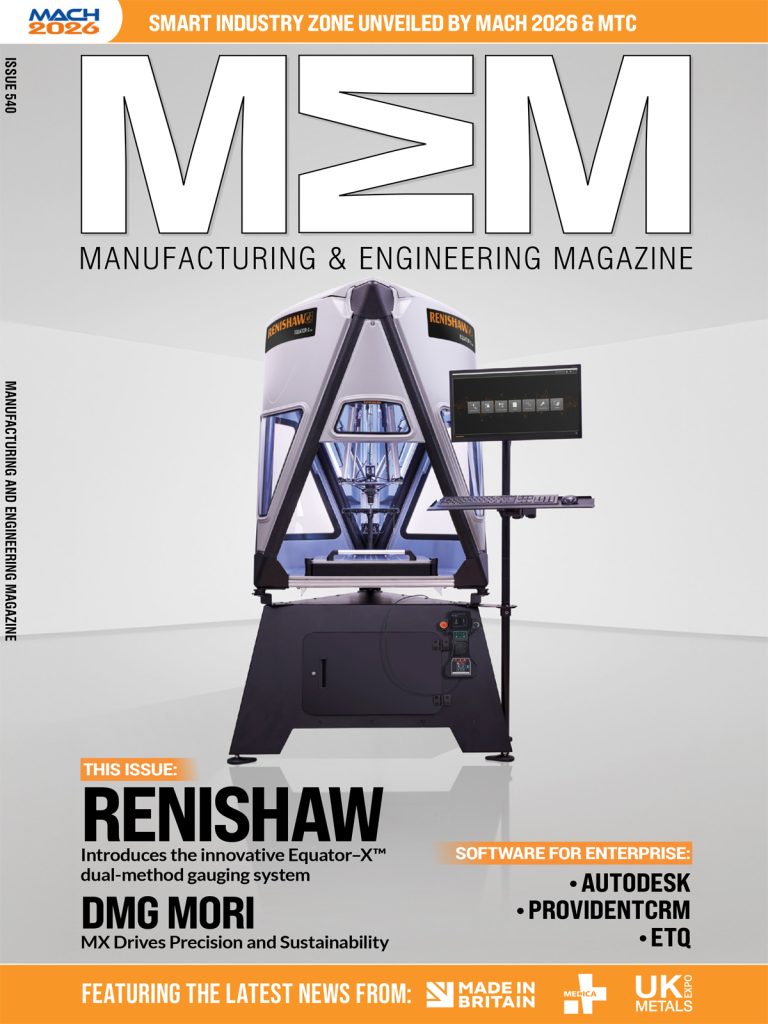Sector report: UK Motorsport : Motorsport provides spectacular entertainment for its supporters, whether they are sports fans, engineers or petrolheads. But what influence does it have on the wider automotive marketplace?
Television audiences for Top Gear and F1 coverage make it clear that there’s a huge interest, from the general public as well as the engineering fraternity, in motorsport; and the UK’s pre-eminence in design and manufacture is widely reported upon. But how do these levels of excellence and interest influence volume automotive production and road vehicle performance?
The Motorsport Industry Association’s (MIA) membership of the Automotive Council’s Technology Group (www.automotivecouncil.co.uk/technology-group-2) provides part of the answer. MIA (www.the-mia.com) is the world’s leading trade association for the motorsport and performance automotive engineering sectors. Its ‘Motorsport to Automotive Initiative’ (M2Auto) promotes collaboration between MIA members, and automotive OEMs and Tier Ones. The initiative features showcases of members’ capabilities in-house at, for example, Jaguar Land Rover (Gaydon), Ford (Dunton), Nissan Technical Centre Europe (Cranfield) and Bentley Motors (Crewe). These events have been well received by both MIA members and automotive OEMs.
In inviting MIA to join two years ago, the Technology Group recognised that MIA members, and UK motorsport in general, could enhance R&D activities, contributing to the low carbon agenda. This happens in a number of ways, relating both to production technologies, and energy efficiency of the end product. Nevertheless, whilst the motorsport and automotive volume manufacturers clearly have many mutual interests, ranging from lightweight structures to alternative power sources, Chief Executive of MIA Chris Aylett says it is important to put some perspective on the relationship, and says this can be explored through the concept of ‘Technology Readiness Levels’ (TRL). This term, coined by NASA, is a convenient way of describing the passage and development of a technology from inspiration through to proven and sustainable production. Broadly, academia occupies TRL 1,2, & 3; manufacturing TRL 8 & 9; and TRL 4, 5, 6 and 7 are sometimes referred to as ‘the Valley of Death’.
Our sector sits in TRL 4 to 7 says Aylett, and he suggests that’s also where the UK’s wider manufacturing base is at its weakest: At TRL 1, 2 and 3, we’re blessed with excellent world class universities with substantial industry and government support, and at TRL 8 and 9 we are very good at manufacturing. However, the key strength of MIA and its members, he says, is to bridge the gap TRL 4-7 quickly by moving ideas, processes and technologies through these levels.
We earn our money for delivering racing prototypes. Our end customer at TRL 7 is effectively the sponsor of the team which uses our technology to keep his brand on the car on TV a little bit longer. It’s a business model that pays and generates ongoing R&D, and also allows us to thrive in an area of weakness for much of British engineering. The speed with which MIA members ‘ which include high profile companies such as Xtrac, Ricardo, Cosworth, Williams – develop prototypes and innovative solutions is the key to their profitability and success, he says. They have little or no ambition to be in mass production. Interestingly the trend nowadays is for the technology they develop to be adopted and ‘pulled’ through by the Tier ones and OEMs, rather than pushed forward by the motorsport supply chain.
No other national auto industry in the world can engage with a group of 4000 innovative companies, located locally, who have no ambition to be in mass manufacturing observes Chris Aylett; the Motorsport Valley network of suppliers thrive on R & D prototyping work, and are a truly unique and highly valuable capability for the UK.
Motorsport leads on AM
The ability to get to TRL 7 quickly, embracing the capability for rapid redesign, is the major driving force in the application of additive manufacturing (AM) techniques. MIA hosted a UK Additive Manufacturing Motorsport Strategy Workshop at the Manufacturing Technology Centre in Coventry in June. The seminar programme was led by Phill Dickens, Professor of Manufacturing Technology (Additive Manufacturing and 3D Printing Research Group) at the University of Nottingham.
He echoes Aylett’s comments on the distinction between the manufacturing and development strategies of motorsport and mass production: It seems to me that motorsports is a very long way ahead of automotive when it comes to using additive manufacturing for final use parts he says. I guess it is much easier to justify in motorsports as parts are more critical in terms of strength to weight ratio, functionality such as combined loading and air flow. The production numbers and cost are also much more acceptable for motorsports. We are starting to see parts being used in bigger volumes in automotive – but still for the more expensive cars. (Although, he observes, the leading company for AM in automotive is Rover – all the City Cars have a laser sintered part on them.)
Xtrac’s new P1022 transmission
Dickens doesn’t see most of the automotive sector using AM for production parts until the build speeds are much faster. Via an EPSRC Research Fellowship he will be pushing UK academics to get involved in research for new processes that are x100 faster: Once we have that then we could compete with conventional processes.
Composites support fuel efficiency
As for the role of composites, they are well embedded in motorsport; constituting around 80% of an F1. A priority for both volume and high performance sectors is the quest for fuel efficiency, and tackling regulatory imperatives on CO2 emissions. These aims are partly achieved through weight reduction, and composites can help significantly. Composites UK (https://compositesuk.co.uk), the trade association for the industry, ran a ‘Composites in the Automotive Industry Sector’ showcase at Warwick in May, encouraging greater use. New processes and the latest high-speed manufacturing technologies are enabling exploitation for production vehicles, driving down the cost of producing CFRC components, and allowing manufacturers to specify them on medium priced sports cars.
In this context, in June one of the most prominent users, Prodrive Composites, announced projects worth more than £5 million on four new British sports cars. These will be built in the UK by three different manufacturers, with Prodrive delivering a range of composite components as a tier one supplier. These include carbon aero packs with rear wings, diffusers and front splitters, exterior trim parts such as bonnet vents and sills â and in one case a full carbon interior. Carbon composites used to be the domain of exotic super cars, but new manufacturing processes are bringing down their cost and we are increasingly being asked to quote for parts on sports cars and mid-priced luxury cars, says Dominic Cartwright, Prodrive Composites managing director. Prodrive Composites is already manufacturing the composite bodywork and interior for a British super car as part of an ongoing £20 million contract.
Formula E is geared towards developing electric drivetrain technologies that can be transferred to road cars
Elsewhere, BMW’s Leipzig plant has been building a small all-electric car – the i3 – using CFRC since 2013. The car has an aluminium drive module that includes the batteries and motor, a passenger cell made from carbon fibre, a recycled carbon-fibre roof and unreinforced thermoplastic body panels. At 100 cars a day, it is at the lower end of the high-volume spectrum; but automakers such as PSA Peugeot Citroen are now looking at composites to reduce weight and emissions for production rates exceeding 900 cars a day. The company says it needs processes that work within existing factories as it cannot afford to build new facilities to assemble such vehicles. Meanwhile, it’s reported that Audi has placed a major order with German company Voith Composites for high-volume production of a CFRP component for a future model. Voith and Audi will jointly prepare the manufacturing ramp-up for the component. A development partnership was established by the companies in 2011, its goal to promote the development and automated production of fibre-reinforced materials for use in future production models.
A development unveiled at the Detroit Auto Show in January hints a possible future which combines composites with 3D printing. Oak Ridge National Laboratory (ORNL) unveiled a Shelby Cobra sports car incorporating around 200kg of parts produced by using broad area additive manufacturing (BAAM), a process which can manufacture large composite components. The first drivable 3-D-printed car, the Strati, appeared in September 2014: Local Motors, working with Cincinnati and ORNL, built the vehicle in situ at IMTS in Chicago. Additive manufacturing of the components using BAAM took 44 hours, followed by finish machining and assembly.
Staying in the tradition
Traditional technologies still have a major role in the high performance sector, exemplified by many of the protagonists in MIA’s Motorsport to Automotive Initiative. Grainger and Worrall provides a good example, producing cast engine parts for F1 teams at its Shropshire foundry; most of the cars on the starting grids this year use its castings. The company, founded over 70 years ago, has sharpened its focus, building on and adapting traditional skills to respond to requirements such as weight reduction through innovative design, casting technologies and materials; it has also embraced 3D printing to create sand and resin moulds.
Meanwhile Berkshire-based Xtrac continues to underpin its global status in manufacturing gearboxes, differentials and driveline for motorsport, by investing in the latest gear-grinding equipment; a new £1 million spiral bevel gear grinding machine is due to be installed towards the end of this year. The machine incorporates on-machine/in-process measurement of the tooth geometry during grinding.
Proddrive has secured £5 million of orders for British sports cars
James Setter, head of Xtrac’s Automotive & Engineering business confirms that there’s significant opportunity to diversifying some of the company’s motorsport technology into the mainstream automotive field; consideration of the ‘weight vs cost’ balance for example is common to both worlds. But do specific ideas developed at Xtrac find applications in mass produced vehicles? Sometimes – but a lot of the products we design are for bespoke applications says Setter; we also create products which will go into a number of different chassis as prototypes. We will tool slightly differently for lower volume motorsport projects and a lot more goes into refinement of the geometry he continues, reminding us that road cars are helically geared while race cars use straight cut gears.
Xtrac is also at the heart of an ongoing project with possible far-reaching implications, via its 1092 Torque Vectoring gearbox. This was developed for the REEVolution project, a collaborative R & D programme funded by the Technology Strategy Board to create range-extended electric vehicles (REEV) and plug-in hybrid electric vehicles (PHEV). Jaguar Land Rover leads the consortium, which includes Lotus and, through its Infiniti brand, Nissan.
The project essentially tackles the principal obstacle to the uptake of electric vehicles – battery range. Electric vehicles currently account for less than 2% of the market, with the Nissan Leaf selling only around 10,000 across Europe. This is where we came in, because it seems that in a carbon footprint-conscious world, future development really could be dramatically influenced by what happens in motorsport. Formula E is a new FIA single-seater championship and the world’s first fully-electric racing series. Its first 10-race season started in Beijing in September 2014 and finishes in London in June 2015. Competitors include Virgin Racing, with Richard Branson hinting that this may lead the company into manufacturing electric road vehicles. So as well as creating entertainment, Formula E serves as a framework for research and development into electric vehicles â and could help shape the future of the motor industry.
Technology Readiness Levels
TRL1: Basic principles stated and observed, but no experimental proof.
TRL2: Technology concept and/or application formulated.
TRL3: Applied research: first laboratory tests completed and proof of the concept.
TRL4: Small scale prototype, component or subsystem built and validated in a laboratory environment.
TRL5: Large scale prototype tested and validated in relevant environment.
TRL6: Prototype system tested in intended environment close to expected performance.
TRL7: Demonstration system in a operational environment on a pre-commercial scale.
TRL8: First commercial system, manufacturing issues addressed and solved.
TRL9: Full commercial application, with technology available for consumers/end users.
Manufacturing & Engineering Magazine | The Home of Manufacturing Industry News















